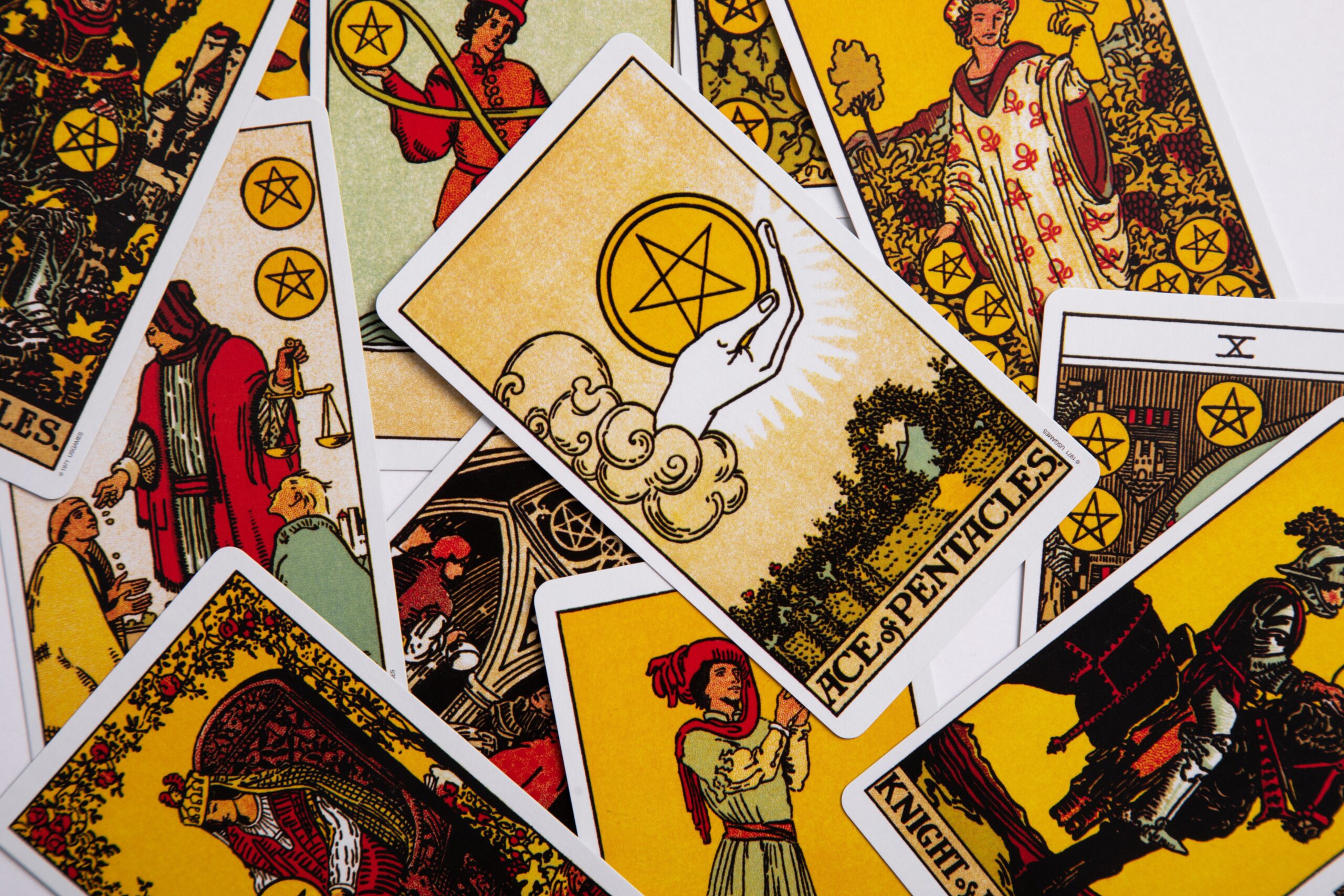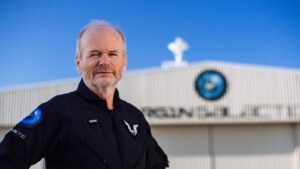As many as 99% of startups fail. The few that succeed can change entire industries. Everybody knows that it takes a crazy person to found a startup. “What kind of crazy?” is the key question people usually forget to ask.
Founder Madness comes in distinct flavors, resulting from different psychologies and motivations. Several types of crazy will be present in one founder, but usually, one predominates and can be described as the main archetype.
They are:
- Imperial Individualist
- Naively Confident
- Strategic Contrarian
- Frontier Explorer
- Mad Scientist
- Global Catalyst
It is useful to know what kind of madman you are dealing with. You can tell a lot about the possible trajectory of the startup and what it will be like to work with a given founder by understanding their particular flavor of madness.
Imperial Individualist
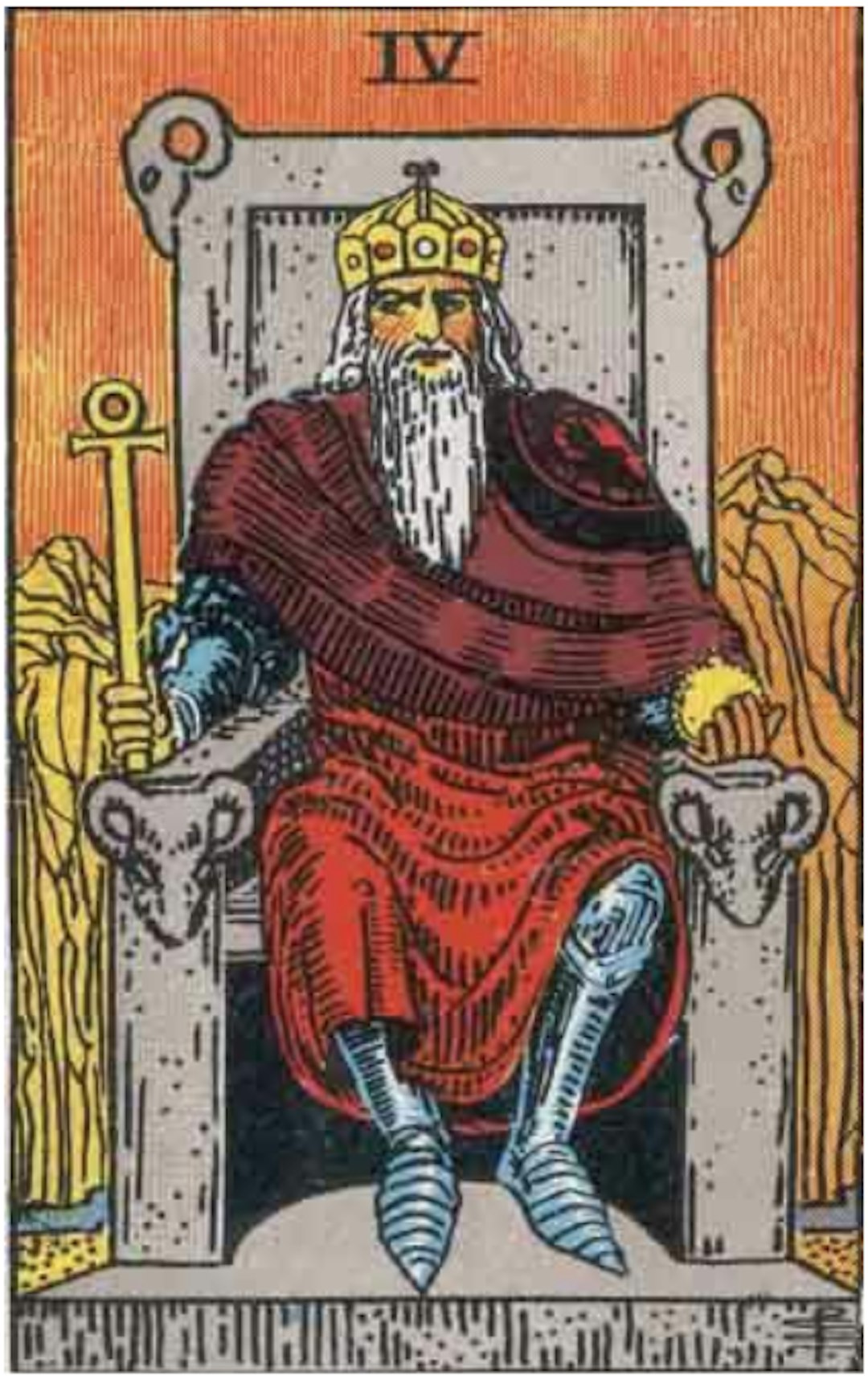
“I want to do my own thing, be my own boss”
Self-determination and control is one of the most popular reasons that founders give for starting a company. The first and most common Archetype of Founder Madness is the Imperial Individualist.
There are different motivations that are usually commingled to produce this flavor of madness:
A desire to be in charge, to be in control is the first crucial ingredient. This type of founder often couldn’t care less about the industry, the product, or the problem they are solving. What’s important is that it’s their company and that they call the shots. Another component is intense individualism: They might be quite eccentric and have opinions on almost everything. The company becomes a tool to express and amplify their individuality and impress it onto the world. This can border on perfectionism. They might have a tendency to micro-manage and want to be involved everywhere. In the more powerful cases of this madness, there is an imperial desire to grow as big as possible, dominate industries, and amass power. This archetype is often found in solo founders or founder CEOs and reflected in the ownership structure of the company (they own most).
Steve Jobs is a prime example of how this archetype ends up winning: His relentless pursuit of personal vision allowed Apple to dominate the technological landscape across products, from the Macintosh to the iPhone. He was a visionary who prized individual creativity above all else with an aggressive and unyielding approach to business.
Naively Confident

“I can do this”
Another very common Archetype of Founder Madness is the Naively Confident. Even though founders with this predilection might know that founding a startup is supposed to be hard, they think that it can’t be that hard. Surely, the reason most founders can’t hack it is that they just don’t think big enough and maybe are a bit dull.
They come with a “just do it attitude”, often with matching sneakers, and usually straight out of college (they dropped out). This archetype is born from the devastating marriage of more-than-healthy self-confidence and the Dunning-Kruger effect. Having little work experience, they don’t know about any of the genuine challenges that come with the job, from finding product-market fit to managing growing teams. Needless to say, these madmen are in for a surprise sooner rather than later. Most Naively Confidents quit as things get harder. However, a few of them will rise to the challenges one by one, gradually losing their naiveté and grounding their confidence. Successful founders that start off with this Archetype of Founder Madness often develop another one over time.
In his early days, Mark Zuckerberg could be described as the Naively Confident archetype. Zuckerberg dropped out of college to dive headfirst into the startup world without any business experience and potentially unaware of the many social media businesses that had failed before him. Contrary to most Naively Confidents, Zuck just never quit and grew tremendously to become the digital media mogul he is today. His development could be seen as starting to include other archetypes over time, such as the Imperial Individualist (think of the acquisitions of other social media companies like Instagram and WhatsApp). The naiveté was needed to get Facebook started and the company could scale as other archetypes took over.
Strategic Contrarian
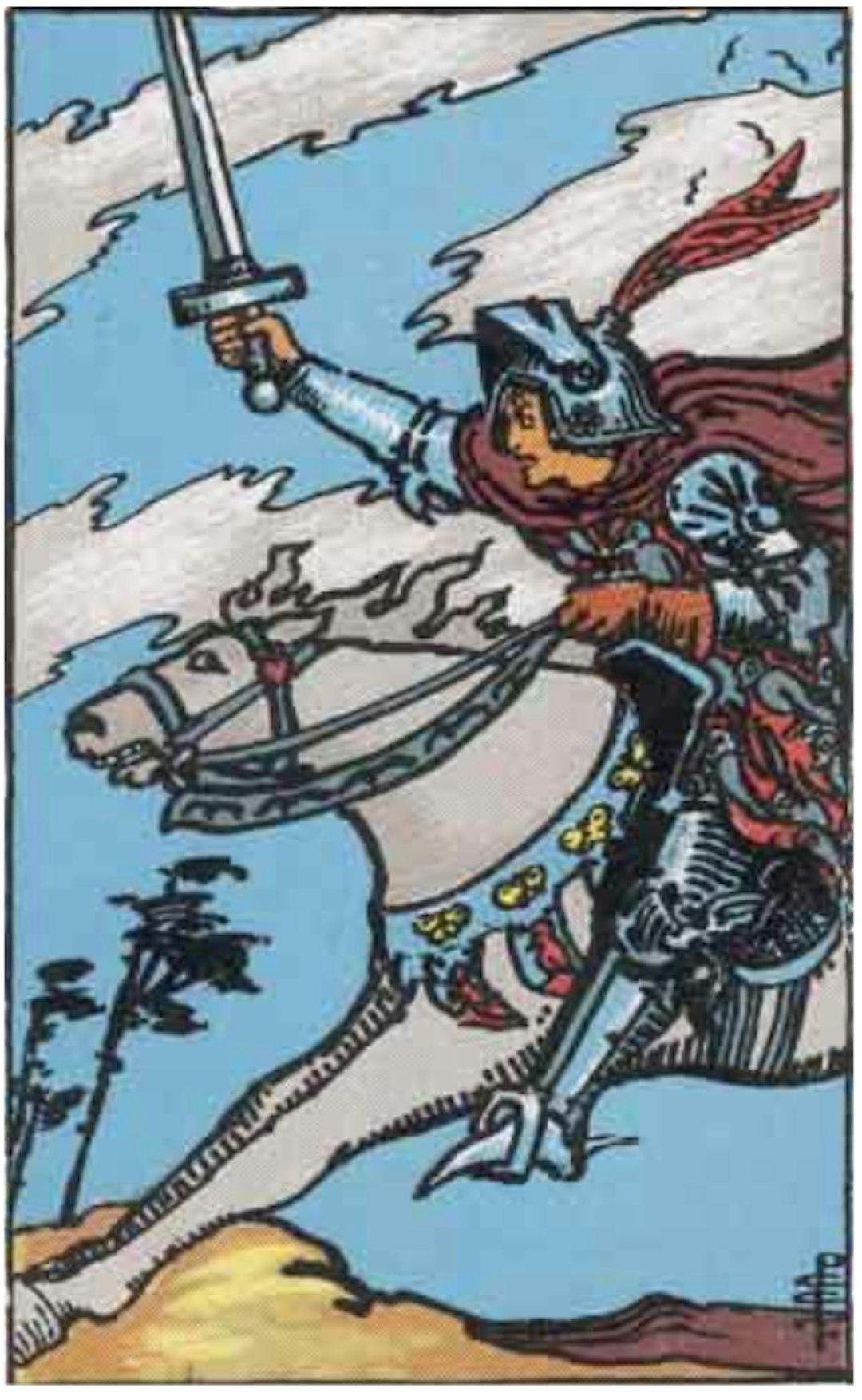
“I know something others don’t”
The Strategic Contrarian lives for proving the naysayers wrong. Their conviction is founded in understanding emerging trends while their disagreeableness makes them immune to doubt. They seek to benefit from an emerging trend, to get in front of a parade. They care most about exploiting a trend, rather than building technology. The “Contrarian” part is a crucial ingredient since the obvious trends are red oceans of competition. This founder sees what others don’t yet see or believe – they want to be contrarian and right. Devoted followers of Peter Thiel, believe that great startups are built on “secrets”. They are also likely to ask “What’s something you believe that most people disagree with you about?” in every job interview.
This type of founder is strategic through and through. It’s not just enough to back an under-appreciated trend, the art is in how to exploit it. Tinkering with business models, go-to-market, and pricing, they explore every angle on how to best leverage the trend they are betting on.
Jeff Bezos fits the “Strategic Contrarian” archetype like a custom-tailored suit. Bezos saw the internet’s explosive growth in the 90s as it was still commonly ridiculed. After looking at many different verticals, he identified books as the ideal wedge for driving commerce online, due to the large variety of items and preferences, as well as the low cost. He spotted a non-obvious opportunity and ran with it, turning Amazon from an online bookstore into the Everything Store. His strategy was so contrarian that critics dubbed Amazon a “charitable organization”. Jeff had the last laugh on his mega-yacht.
Frontier Explorer

“I want to push the boundaries”
The Frontier Explorer archetype is the Indiana Jones of the startup world, always on the quest for the innovation equivalent of the Lost Ark. Their madness is an unyielding desire to do something new for its own sake. They are basically hipsters and artists disguised as techies.
The Frontier Explorer wants to push the boundary of technology into uncharted territory, driven by a thirst for knowledge. While they sometimes do come up with groundbreaking innovations, there is a graveyard of useless curiosities for each of them. While extremely powerful in terms of their innovative capacity, this archetype comes with several unique risks: They might jump from one shiny object to the next too fast, always chasing the receding horizon. Their innovations could also be too early or copied and outcompeted by more execution-minded founders. In the most successful cases, they can follow the same initial thrust and develop multiple products along the way, all building towards the same mission.
Sergey Brin and Larry Page, the co-founders of Google, are quintessential “Frontier Explorers”. When they started Google as Stanford Ph.D. students, the internet was a vast, untamed wilderness of information. They went far beyond the rudimentary search engines that previously existed with their PageRank algorithm. Their ultimate ambition to “organize the world’s information and make it universally accessible and useful” set the frame for a decade of boundary-pushing, from inventing the ad-based business model for the web to early AR experiments with Google Glass.
Mad Scientist
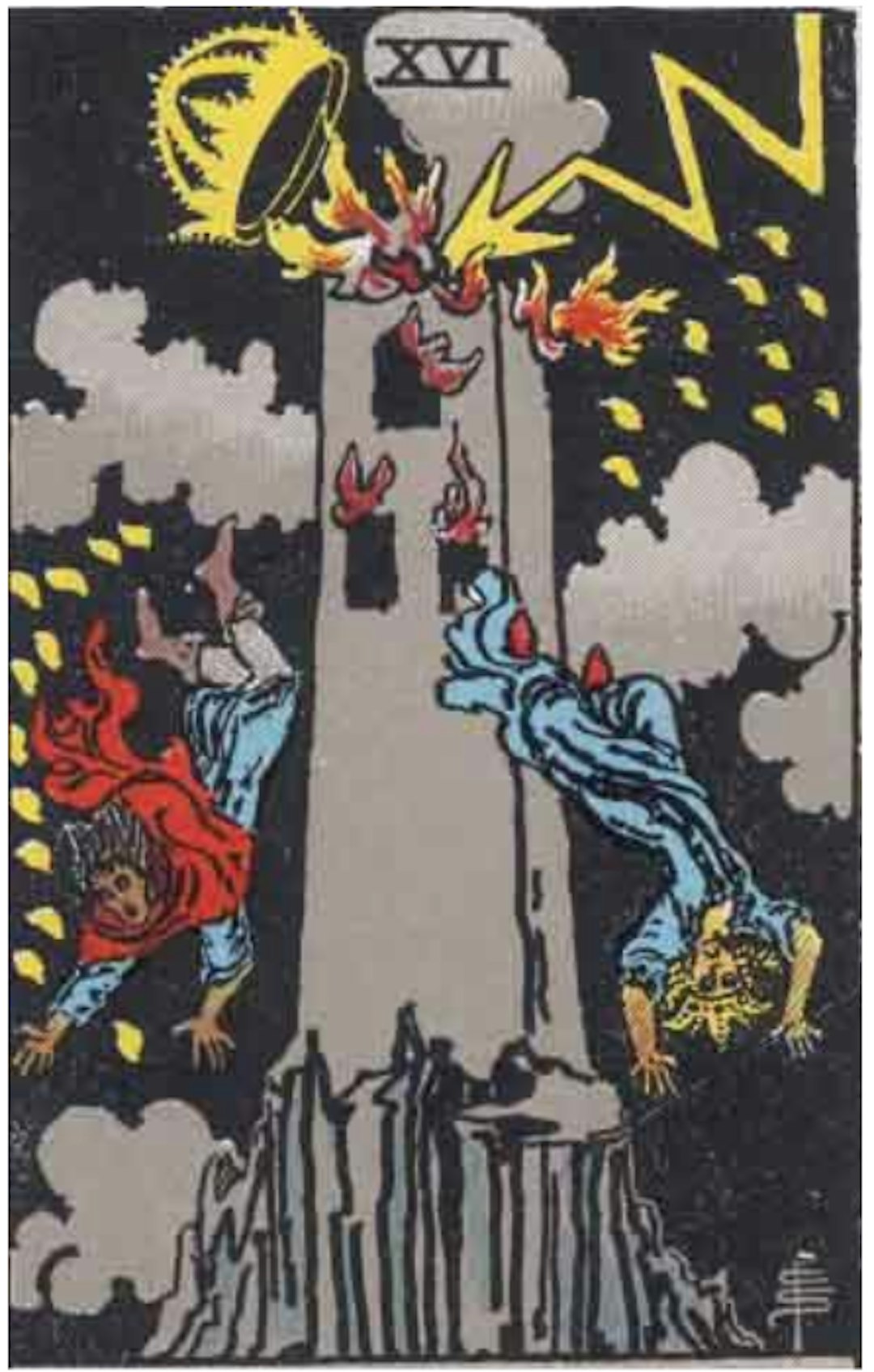
“I must do this”
The Mad Scientist is a rare breed of founder, a peculiar concoction of manic energy, audacious vision, and autism (often). They’re the ones who seem to have been struck by a lightning bolt of inspiration and ever since, carry an electric charge of compulsion that buzzes around them like an invisible force field. A “Mad Scientist ” doesn’t just think outside the box; they live there.
They are the hosts of an idea so powerful, so compelling, that it has taken over their very being. Their life’s mission is no longer a choice, but an oddly specific and irresistible imperative, as if they’ve signed a Faustian pact with the demon of Disruption. They can’t not work on this seemingly mad vision.
To the untrained eye, Mad Scientists might seem like they’ve taken a wrong turn on the highway of sanity, speeding down the road of the irrational to the downright bizarre. Take Nikola Tesla, who pioneered AC systems but was also obsessed with wireless electricity and reported receiving communications from aliens.
Every so often, the world tilts on its axis to vindicate a few of them: The Mad Scientist’s seemingly outlandish idea turns out to be exactly what the world didn’t know it was yearning for. The skeptics become converts, their madness morphed into magic.
Palmer Luckey, the founder of Oculus, is a great example of this archetype: Obsessed with VR since he was a teenager, Palmer had one of the largest collections of VR prototypes before starting Oculus. As a true Mad Scientist, he taught himself to engineer hardware and built 50+ head-mounted devices literally in his garage. At 21, he dropped out of college to go full-time on Oculus to pursue his passion, regardless of the low chances of success. As the tides of the tech hype cycle shifted and Facebook went big on its Metaverse vision to acquire Oculus, Palmer saw his lifelong obsession suddenly vindicated.
Global Catalyst
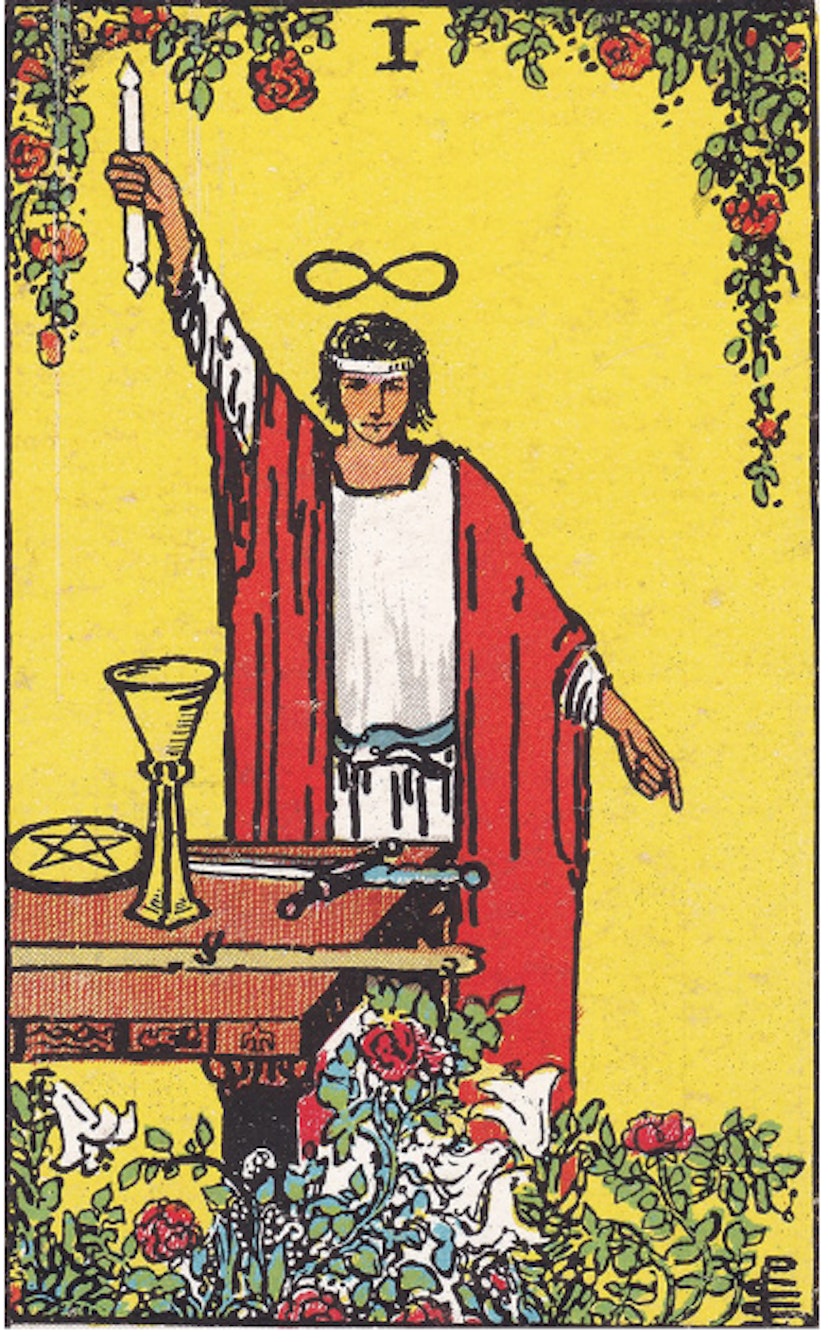
“I will change the world”
Global Catalysts are not startup founders for power, personal gain, or the love of technology. Rather, they are driven by the most grandiose type of activism: They want to use the lever that technology provides to change the course of the world. The vibe they give off includes altruism, idealism, and grandiosity.
The Global Catalyst is arguably the most powerful Archetype of Founder Madness. It combines the obsession of the Mad Scientist with the optimism of the Frontier Explorer and the strategic thinking of the Strategic Contrarian. Everything needs to come together for a true Global Catalyst to emerge. Needless to say, most founders collapse in one of the previous archetypes.
“Changing the world for the better” is probably the most diluted startup clichés and a motivation people are looking for in founders. That’s why most founders that may seem to fit this archetype are mere mimics and simulate this motivation. They might adopt the rhetoric of world-changing ambitions, but their actions reveal different motivations.
Elon Musk is the quintessential Global Catalyst. He is on a grandiose mission to redefine humanity’s future and has the achievements of Tesla and SpaceX to back it up. His goals, like making human life multi-planetary or achieving sustainable energy, are nothing short of monumental paradigm shifts. Regardless of differing opinions on his personality and critique of his life choices, it’s undeniable that Musk built multiple extremely challenging companies to an astonishing level of success, to the point of galvanizing the electric car industry and a renaissance in space technology.
Archetypes of Founder Madness influence the trajectories of startups
The table below summarises the Archetypes of Founder Madness with a quote and the founder examples explored above. While I don’t claim that the list is exhaustive or that there aren’t any overlaps, I believe the 6 archetypes described provide a powerful framework for understanding founder motivations and psychology.
| Archetype | Imperial Individualist | Naively Confident | Strategic Contrarian | Frontier Explorer | Mad Scientist | Global Catalyst |
|---|---|---|---|---|---|---|
| Quote | “I want to be my own boss” | “I can do this” | “I know something others don’t” | “I want to push the boundaries” | “I must do this” | “I will change the world” |
| Founder examples | Steve Jobs | Mark Zuckerberg | Jeff Bezos | Larry Page & Sergey Brin | Palmer Luckey | Elon Musk |
The different Archetypes of Founder Madness have strong consequences for the trajectory of a company: Critical aspects like strategy, positioning, and company culture are downstream of which archetype is dominant. Recognizing which type of madness you are dealing with yields important cues for anticipating the road to success and challenges of startups.
The author is a partner at very early Ventures. In addition to classical external VC checkpoints like product, traction, market, and valuation, he found including the internal dimension to consider founder motivation and personality extremely helpful for making investment decisions.
The lead image was generated with Midjourney, other images are cards from the Rider-Waite Tarot
This article was originally published by Jan Baeriswyl on Hackernoon.

